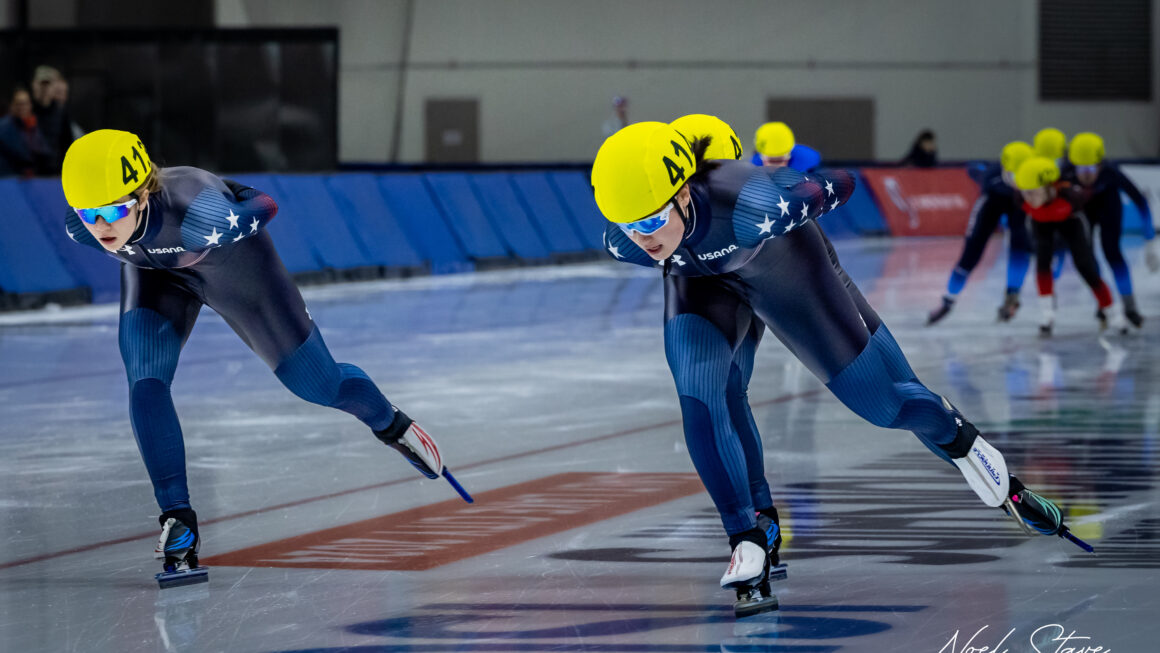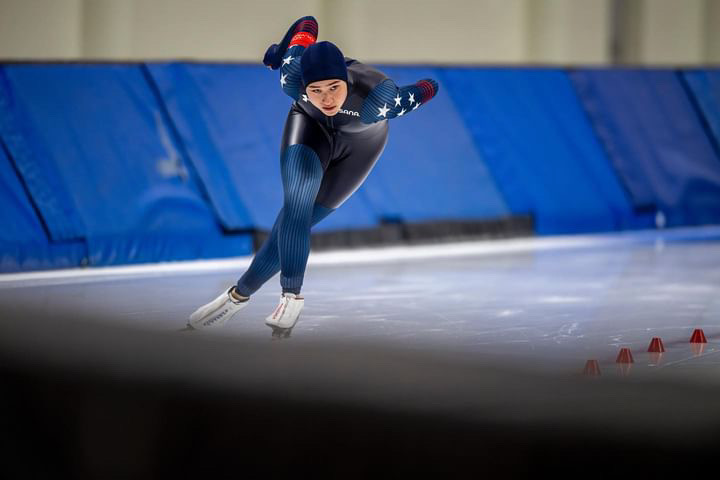Im Joo Rhyu and the esteemed team at Korea University College of Medicine embarked on an ambitious exploration of the inner workings of short track speed skaters’ brains. This motivated group used extensive brain imaging technology to reveal the mysteries behind the awe-inspiring balance and coordination exhibited by elite speedskaters
Their groundbreaking findings, published in Springer’s prestigious Cerebellum journal, shed new light on the pivotal role of the cerebellum in maintaining stability and precision during speed skating. Previous studies had hinted at the cerebellum’s importance in motor skills, but Im Joo Rhyu’s research solidified a deeper understanding of how it contributes to the exceptional performance of speed skaters.
Interestingly, athletes proficient in complex motor skills often exhibit distinct changes in their brain structure, suggesting that different sports may lead to specific adaptations in the brain. Im Joo Rhyu and the team compared brain scans of 16 male speed skaters with 18 individuals who led sedentary lifestyles. The results were astonishing: the speed skaters displayed significantly larger right-side cerebellums and specialized lobules, indicating a correlation between their exceptional balancing abilities and the unique features of this brain region.
The mechanics of speed skating provide further insight into these neurological adaptations. Skaters predominantly turn left at high speeds while pivoting on their right foot, a movement pattern that engages the right hemisphere of the brain. Visual guidance also plays a crucial role in skating, tapping into the right hemisphere’s processing capabilities. It’s no wonder, then, that skaters with larger volumes in the right cerebellum excel in executing sharp turns and maintaining impeccable visual balance on the ice.
But the impact of short track speed skating extends beyond the rink. Im Joo Rhyu’s study revealed that the intense training regimen associated with the sport induces structural changes in the skaters’ brains, particularly in the right hemisphere. These adaptations not only enhance their performance on the ice but also underscore the remarkable capacity of the brain to adapt and evolve in response to vigorous physical activity.
Essentially, Im Joo Rhyu’s research offers a fascinating glimpse into the intricate relationship between athletic training and brain plasticity. It highlights how our brains flex and adapt when pushed to extraordinary limits, providing valuable insights into the remarkable resilience of the human mind. As we continue to push the boundaries of human performance, studies like these serve as a testament to the profound interplay between mind and body in achieving athletic excellence.
I found this article to be exceptionally interesting as I speedskate. I am also taking AP Psychology so I found it to be especially relevant to me. learning about the brain’s functions is essential to a basic knowledge of psychology. While this article focused predominately on the impact of the brain on the physical/motor aspect of skating, it was relevant nonetheless.
Source: https://www.sciencedaily.com/releases/2012/03/120326112918.htm



